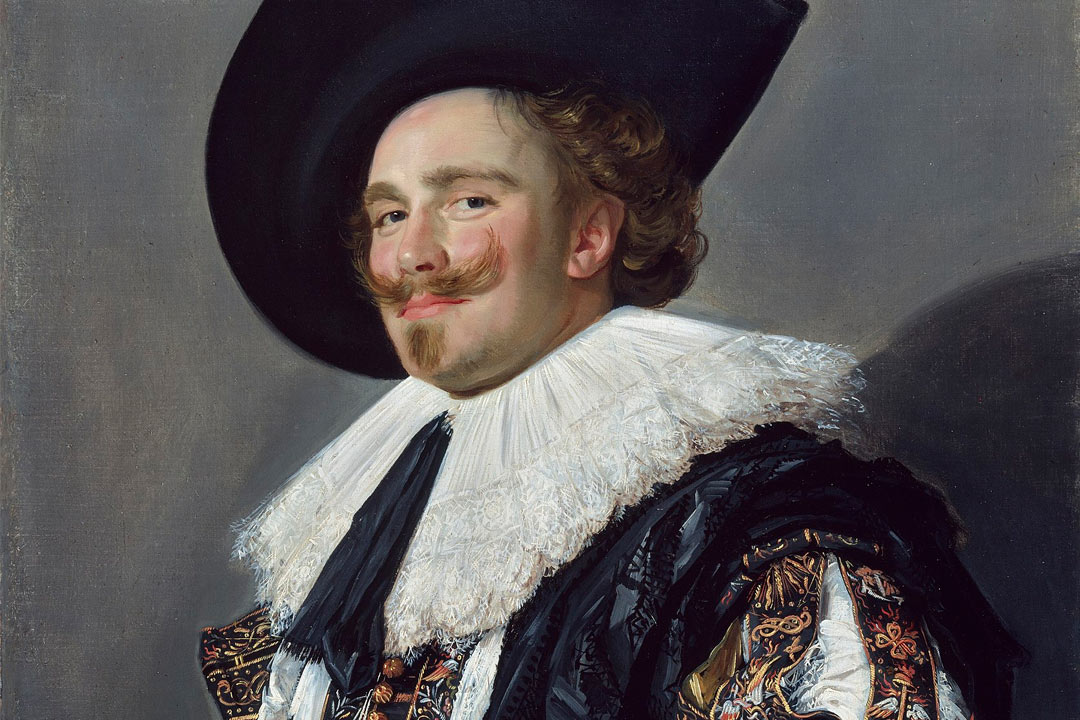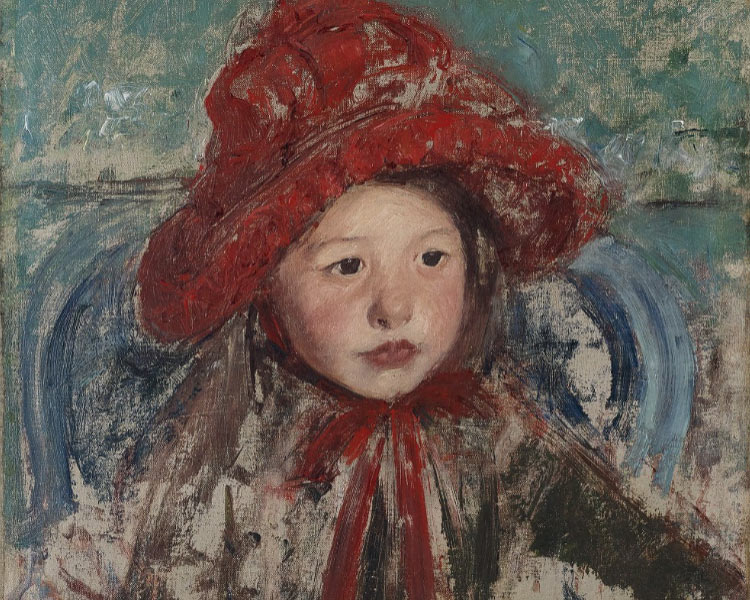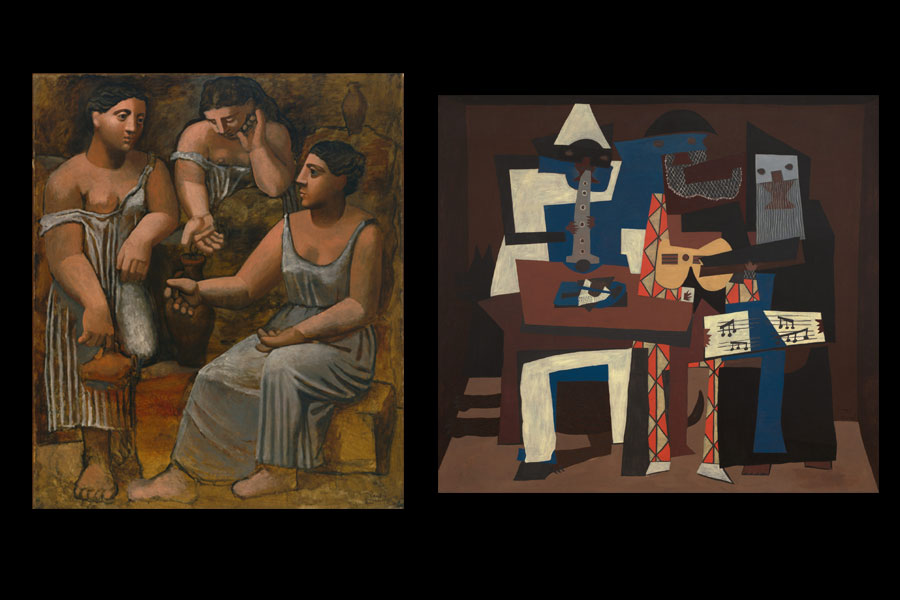The National Gallery pays tribute to Frans Hals, the virtuoso of Dutch portraiture

From 30 September 2023 to 21 January 2024, the National Gallery in London presents the largest Frans Hals exhibition for 30 years
Source: National Gallery, London · Image: Frans Hals, ‘The Laughing Cavalier’ (detail) (1624). Wallace Collection, London
The exhibition follows a largely chronological display of portraits, with separate sections for genre paintings and small portraits, allowing space for Hals’s unsurpassed group portraits from the Frans Hals Museum in Haarlem, which have rarely left the city since they were painted some four centuries ago.
One of the world’s best-known pictures Frans Hals’s ‘The Laughing Cavalier’ has been loaned for the first time for this exhibition. Following the Wallace Collection’s landmark decision in 2019 to lend works from its collection on a temporary basis for the first time in its 120-year history, the picture comes to Trafalgar Square from its home in Manchester Square, where it has been on display since the 1870s.
‘The Laughing Cavalier’ is one of the finest of the artist’s work which, in his own lifetime, was recognised for its exceptionally lively characterisation of people. He was one of very few artists throughout the history of Western painting who successfully managed to paint people smiling and laughing, a challenge shunned by most painters because it was so difficult.
As well as key loans from Dutch collections, other highlights in the exhibition include ‘Portrait of Isaac Massa’, 1626 (Art Gallery of Ontario, Toronto); ‘Portrait of Pieter Dircksz. Tjarck’, about 1635–38, (Los Angeles County Museum of Art, California); ‘The Rommel-Pot Player’, about 1618–22 (Kimbell Art Museum, Fort Worth, Texas); ‘Portrait of Tieleman Roosterman’, 1634 (The Cleveland Museum of Art, Cleveland, Ohio.)
Since the rediscovery of his work in the 19th century, Hals’s paintings have been held in high regard and have been popular with the public, but it is more than thirty years since a large exhibition devoted to his work was held (in Washington, London, and Haarlem, in 1989–90).
Hals’s quick painting technique earned him his reputation as a virtuoso whose handling of the brush was equalled only by the likes of Rembrandt in the Netherlands or Velázquez in Spain. However, his work more or less faded into oblivion for much of the 18th and 19th centuries, his bravura as a painter waiting to be rediscovered in the second half of the 19th century by the art critic and journalist Théophile Thoré-Bürger, who rediscovered Vermeer; and by the Impressionists, who greatly admired Hals’s brushwork.
Follow us on:


